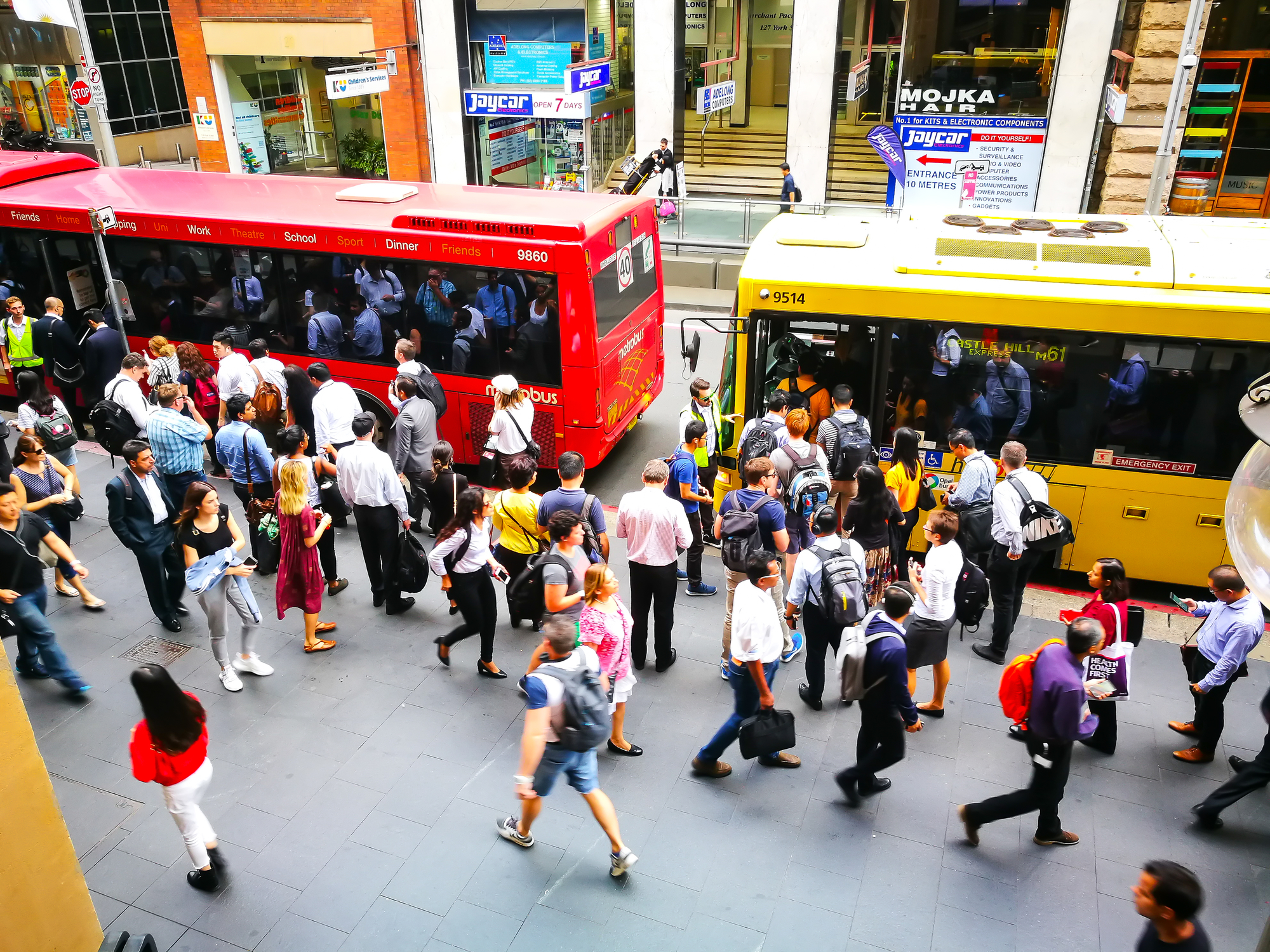Urban Development Institute of Australia today urged the Government not to cut migration.
“Migration – and particularly the skilled migration stream – is good for the vibrancy of the economy and benefits all Australians. Migration has made a significant contribution to our country, with almost 7 million, or 1 in 3 Australians, born overseas,” said UDIA National President Darren Cooper.
“Any policy that looks to cut back migration needs to consider the figures. Migration has been critical for growth in the Australian workforce, both in cities and regionally. According to the ‘Shaping a Nation’ report by Treasury, migrants have accounted for two-thirds of the 850,0000 net jobs created over the past five years, which is so crucial for the tax funding of much-needed infrastructure in our Australian cities,”Mr Cooper said.
“In the last year almost 70% of migrant arrivals in Australia were skilled. These migrants are key to supporting our economy and continuing Australia’s 27 years of uninterrupted economic growth, revered around the world. Skilled migrants contribute to GDP in many ways: they offset Australia’s ageing population, improve labour force participation and productivity, and help businesses to source skills gaps at short notice. In fact, 70% of migrants are of working age, a crucial offset to our ageing population and diminishing tax base.
“The failings of our national infrastructure shortfall are not due to too many migrants, but rather a failure in infrastructure planning, funding and policy that has not been approached cohesively across all levels of government.”
Mr Cooper said the key to maximising the benefit of a strong migration policy is well informed and strategic land use planning. Uncoordinated planning across Australia has left some major cities with housing backlogs, driving prices up.
“Cities like Sydney and Melbourne are struggling to cope with population-induced infrastructure pressure, while cities like Perth, Darwin and Adelaide would welcome additional migration, but have lacked local, state and federal coordination to build the infrastructure needed to attract migrants or incentivise the populations to remain,” Mr Cooper said.
Early this year, UDIA compiled its plan for “Building a Better Australia” with the following recommendations relating to migration:
Establish regular short/medium/long-term population forecasts to better inform strategic land-use and infrastructure plans.
Use data to inform a national strategic population plan that predicts infrastructure and housing requirements and accommodates key elements of liveability including housing affordability measures, transport, key infrastructure and the environment.
Examine options for settlement planning to ensure the benefits of population growth are more evenly distributed across Australia, inclusive of employment opportunities, social infrastructure and land use planning.
“Our campaign, ‘Building a liveable future for all Australians’, is raising these issues with all parties to develop a more efficient and equitable Australia.”
BACKGROUND INFORMATION
Australia’s 2019-20 Migration Program
The economic impact of migration
Shaping a nation: Population growth and immigration over time

